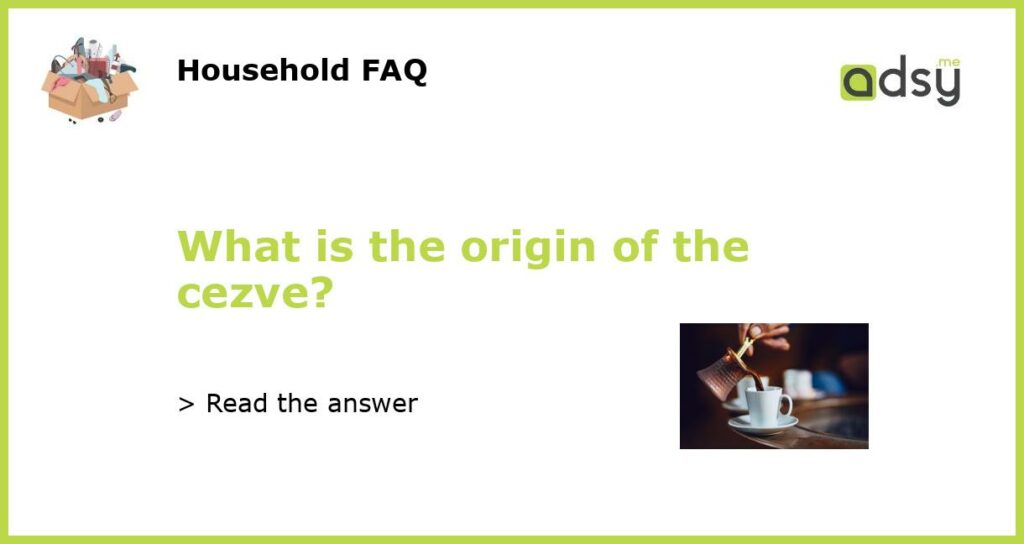The Cezve: A Brief History
The Beginning of the Cezve
The cezve, also known as ibrik or briki, is a traditional coffee pot that originated in the Ottoman Empire. It was first used in the 16th century, and it quickly became one of the most popular ways of preparing coffee in the Middle East.
Design and Features
The cezve is made of brass or copper, and it has a long handle that stays cool even when the pot is hot. The pot’s shape is designed to keep the coffee grounds at the bottom when pouring, so that the sediment does not mix with the coffee that is served.
Use and Popularity
The cezve is used to make Turkish coffee, which is a strong and unfiltered coffee that is usually served with sugar. It has been a popular method of coffee preparation in the Middle East for centuries, and it is still used today in houses and coffee shops across the region.
Beyond the Middle East
The cezve has also gained popularity outside of the Middle East, thanks in no small part to the growing interest in coffee culture around the world. It is now common to find cezve-style coffee being served in specialty coffee shops in Europe and the United States, and there are even modern adaptations of the design that are being sold in Western markets.
The Future of the Cezve
Despite its long history and its continuing popularity, there are some concerns among coffee experts that the cezve may soon become obsolete. As more and more people turn to drip coffee makers and other modern methods of coffee preparation, the cezve’s unique and traditional style of coffee-making may no longer be in demand.






